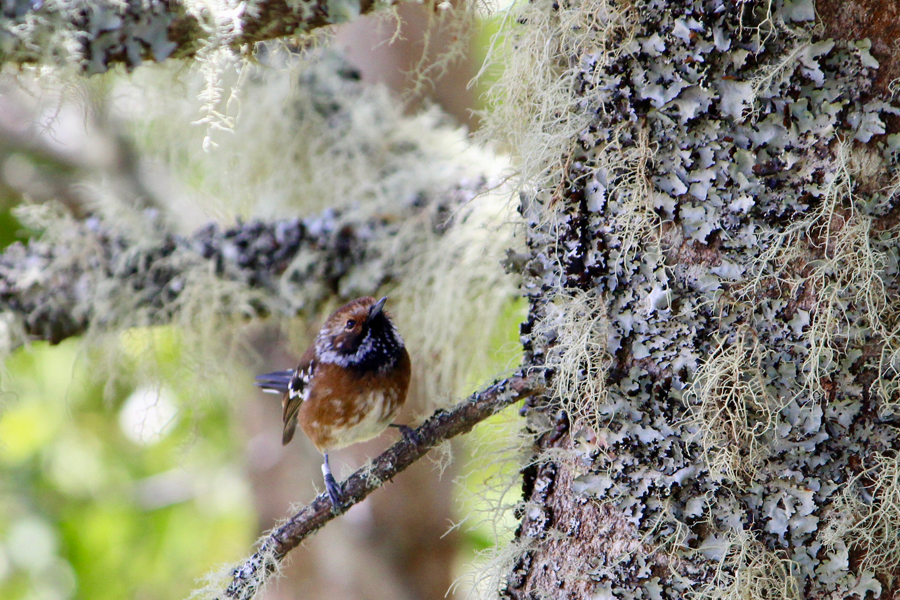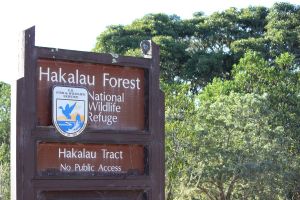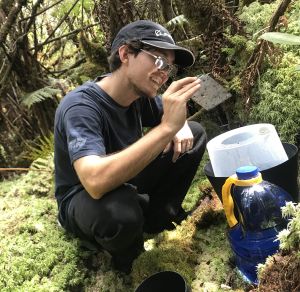Development of an early warning system for climate-change related invasion by mosquitoes into Hakalau Forest NWR


Hakalau Forest National Wildlife Refuge (NWR) is home to the most intact native forest bird community in the state of Hawaiʻi. However, it is threatened by avian-disease-carrying mosquitoes, which are predicted to increase in abundance at the refuge over time due to global warming. This would lead to catastrophic effects on the native bird populations in one of their last strongholds. Under current bird and mosquito monitoring protocols, such an event would go undetected until it is too late.
Our research has four basic goals that will lead to the development and implementation of improved monitoring protocols to detect disease-carrying mosquitoes at Hakalau Forest NWR. Such protocols could also be applied to other high-elevation forest preserves across Hawaiʻi.
- Evaluate the current distribution and abundance of mosquito larvae habitat by surveying for pig-excavated tree fern cavities across Hakalau Forest NWR.
- Document the “lifespan” of these cavities, or the duration of their ability to hold water once they have been created.
- Examine the effect of elevation, temperature, and rainfall on the presence of mosquito larvae within the cavities.
- Determine the potential effectiveness of a new survey technique (acoustic monitoring) for detecting changes in mosquito abundance at the refuge over time.
Completion of these goals will provide information that allows managers to reduce larval habitat across the refuge and provide data for predictive models of mosquito distribution and abundance. Information from this study will also assist managers with the development of a much-needed early warning system for mosquito invasion across the refuge that will be useful in similar ecological zones across the state of Hawai‘i.

PROJECT DETAILS
FUNDED:
FY2020
PI:
Patrick Hart
Professor of Biology, UH Hilo
Graduate Scholar:
Stephanie Mladinich
Tropical Conservation Biology & Environmental Science, UH Hilo

